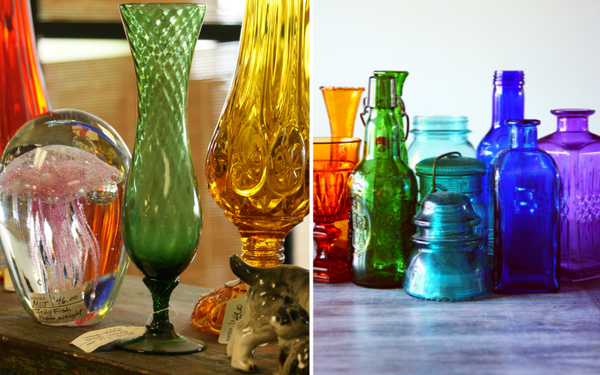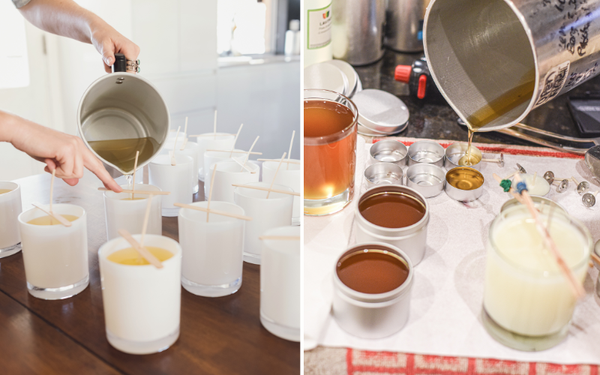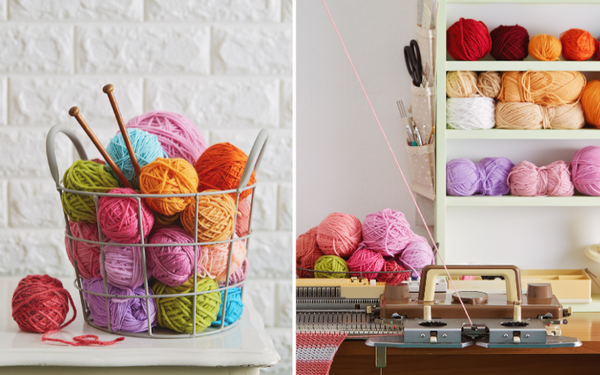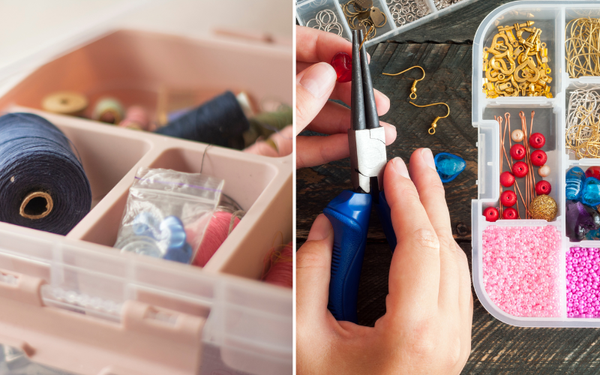Quilting is an art that takes time and effort to perfect, and many quilters invest a lot of time and money in creating beautiful quilts. However, sometimes you may need to touch up your quilt with an iron, and this raises the question: can you iron a quilt with batting in it?
There are different answers to this question, and in this blog post, we will explore the various perspectives on the topic.
The Short Answer is Yes, But Be Careful:
Yes, you can iron a quilt with batting in it, but the process requires caution and attention to detail. You need to use a low heat setting on your iron and avoid pressing too hard on the quilt. The batting inside can melt or flatten if you use too much heat, damaging the quilt's overall structure and aesthetic. Instead, try using a steaming method by holding your iron above the quilt and letting the steam penetrate through the fabric.
Preparing Your Quilt for Ironing:
Before ironing your quilt, you should prepare it by making sure that it is flat and clean. Remove any loose threads or debris on the surface, and ensure that the batting is evenly distributed. You can also use a pressing cloth to cover the quilt while you iron it, as this protects the fabric from direct heat and prevents any accidental burns. Make sure to avoid using spray-on starch, as it can make the batting brittle and shrink.
Alternative Methods for Touching Up Your Quilt:
If you're still hesitant about ironing a quilt with batting in it, there are alternative methods for touching up your quilt. One option is using a handheld steamer, which produces gentle steam that penetrates the fabric without applying too much pressure. Another option is spreading your quilt flat on a clean surface and using a fabric safe wrinkle release spray, which helps to remove any wrinkles or folds.
Tips to Avoid Common Mistakes:
To avoid common mistakes when ironing your quilt, always test on a small section of the fabric before applying heat to the entire quilt. This test allows you to gauge the fabric's reaction to heat and avoid any irreversible damage. Additionally, never use an iron directly on the batting, as it can be easily damaged and melt under high temperatures. Lastly, if you're unsure about a particular fabric or batting, consult the product manufacturer's care instructions before attempting to iron it.
Be cautious:
Ironing a quilt with batting in it is possible, but it requires careful attention and caution. Always use a low heat setting and avoid applying too much pressure to the quilt, and never iron directly on the batting. If you're still hesitant about ironing your quilt, try using alternative methods like a handheld steamer or fabric safe wrinkle release spray. With these tips, you can ensure that your quilt remains beautiful and pristine without risking any damage to the fabric or batting. Happy Quilting!
Conclusion:
In conclusion, ironing a quilt with batting in it is something that should be approached with utmost care. Whether you choose to iron your quilt or opt for an alternative method, always make sure to prepare your quilt and test on a small section of the fabric first. By doing so, you can maintain the structural integrity and beauty of your quilt, even as you touch it up. Now that you've learned about the do's and don'ts of ironing your quilt, grab your iron and put these tips into practice with confidence. Happy Quilting!










